Textual Communities and Gameplay
by Becky Anderson
This past week, my research has circulated around transmedia, storytelling, & sub-creation with a specific focus on the way in which a secondary world is mapped.
The two lines of inquiry precipitated by these three concepts that I’ve been thinking about this week are first, Mapping & Player Experience of Space; and second, Proprioception & Experience of Place.
Specifically, I’ve been particularly interested in a game’s topographic transfer of a Secondary World into the chosen medium and how the adapted layout of that world into the game impacts player experience. I’ve been equally interested in exploring how space influences and interacts with the social within the gameworld of a particular secondary world.
With LOTRO, I’ve been thinking about whether or not players connect in the game world. While technically speaking it’s an MMORPG, I rarely come across other gamers while online…though this lack of contact could also be because I rarely do quests or dungeon raids and I don’t currently belong to a fellowship; I, instead, wander around this virtual Middle-earth exploring the layout of the gameworld and, more often than not, run into an invisible walls. Nevertheless, I’m interested in the quality of player-player interactions and connections: what are the parameters by and around which these connections are bounded? What do I personally value and seek out in the gameworld? Is it experience of game space or is it experience of social interaction?
What sent me on this path of inquiry is based on an experience I had almost three weeks ago at the NY Tolkien conference in New York City. I presented a paper on the adaptation of fear in LOTRO. I looked at the construction of space and how different realms are coded in the storyworld. See below. The Shire compared to Angmar:
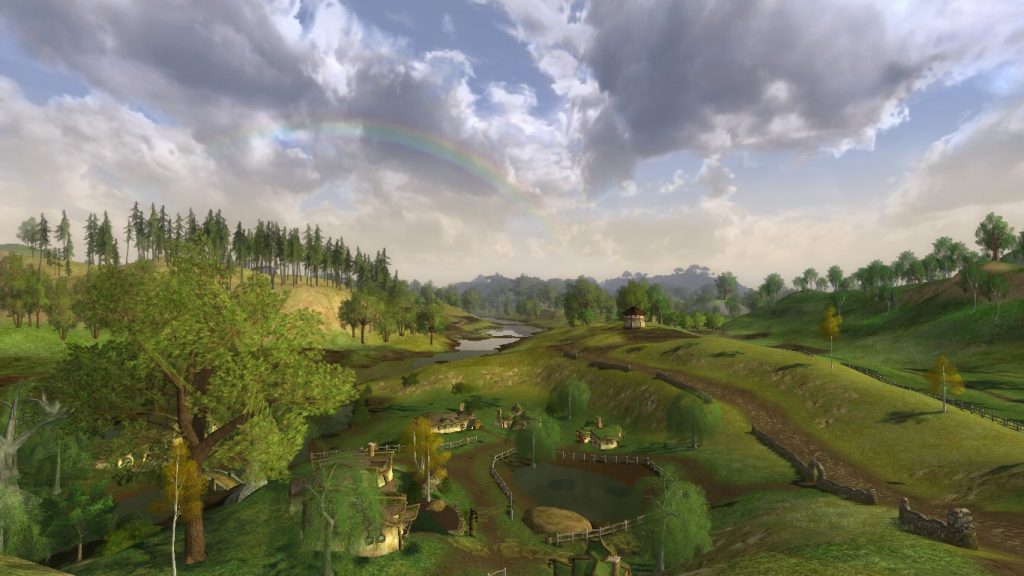
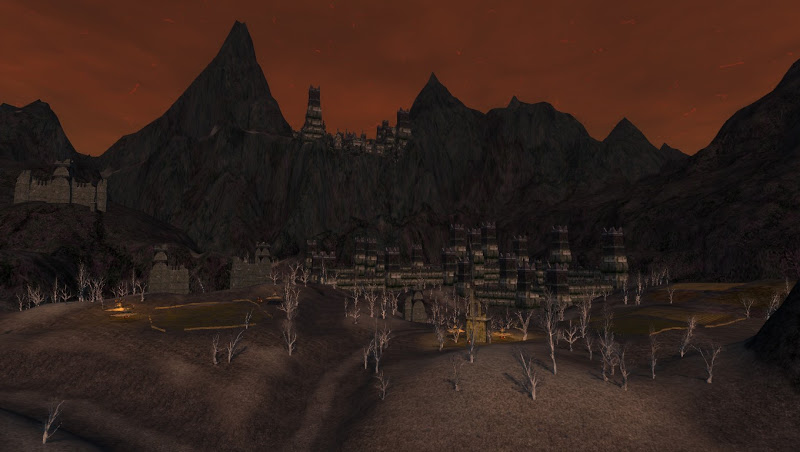
During the question and answer period, an audience member was very vocal in his disagreement with my argument, which, in retrospect, was totally fine and actually extremely useful. After I got over my initial indignancy, it got me thinking about player experience beyond my subjective experience as well as the existing generational differences across the history of users of this particular game. For example, I look at something like the 1994 RPG Fellowship of the Ring Vol I. on SNES (see below) and for me the aesthetics aren’t like “yeah! I’m in Middle-earth!” 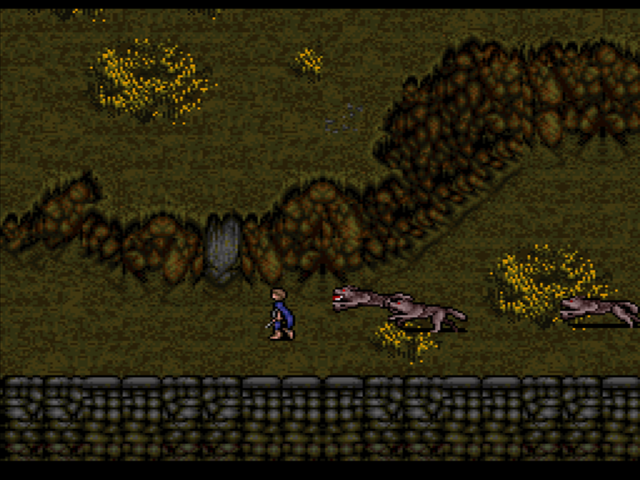
But perhaps it was different during the moment in which it was released. Something like LOTRO (see below), on the other hand, elicits, for me at least, a different response because the technology used to construct that space is radically different from its predecessors. And so the connection between technology and virtual spaces becomes important to contextualize player experience.
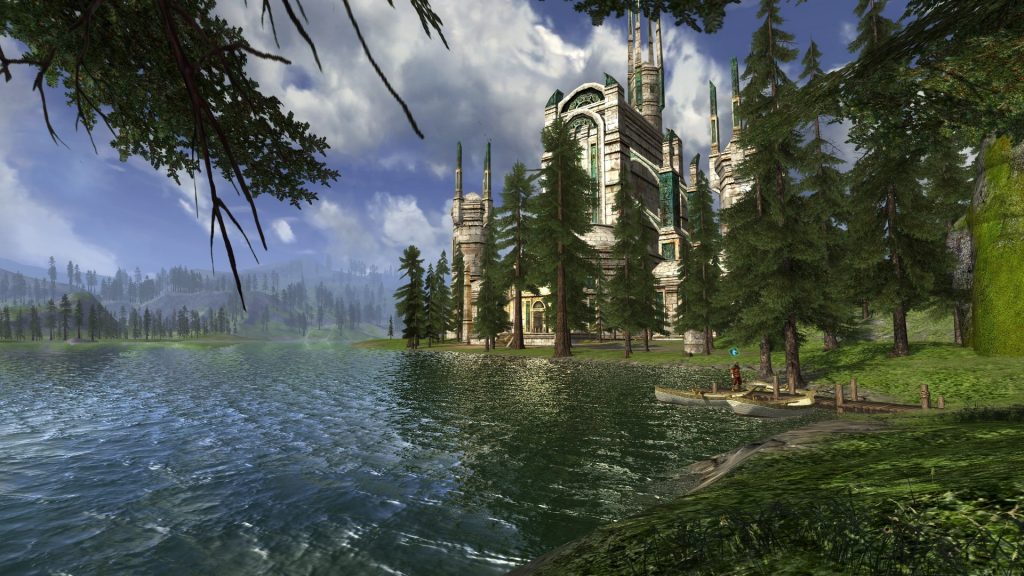
The last tangent I’ve been pursuing since about 10am this morning after playing through some of the Fellowship of the Ring Vol I with Stephanie, Patrick, and Darren involves the material differences between the game rhetoric and the narrative rhetoric relative to the textual communities that are created and built up around readership and player practice. And, additionally, how the sharing, exchanging, and circulation of resources within that community inevitably shapes and changes the way you encounter and play through the story. This directed play may involve consulting online forums to figure how to roof jump in LOTRO’s Bree (see below)
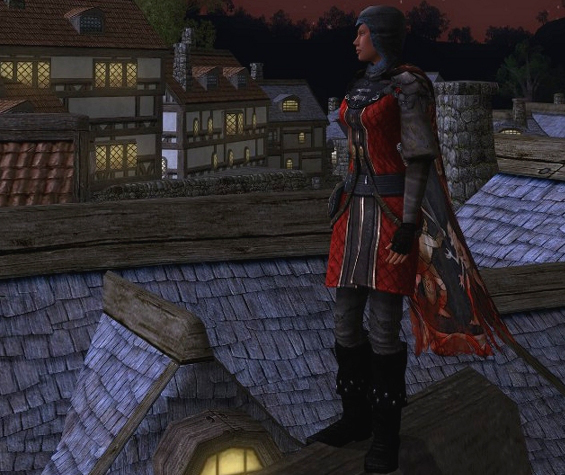
or it may include consulting an online forum to figure out how to navigate the caves in Vol I of The Fellowship (see below).
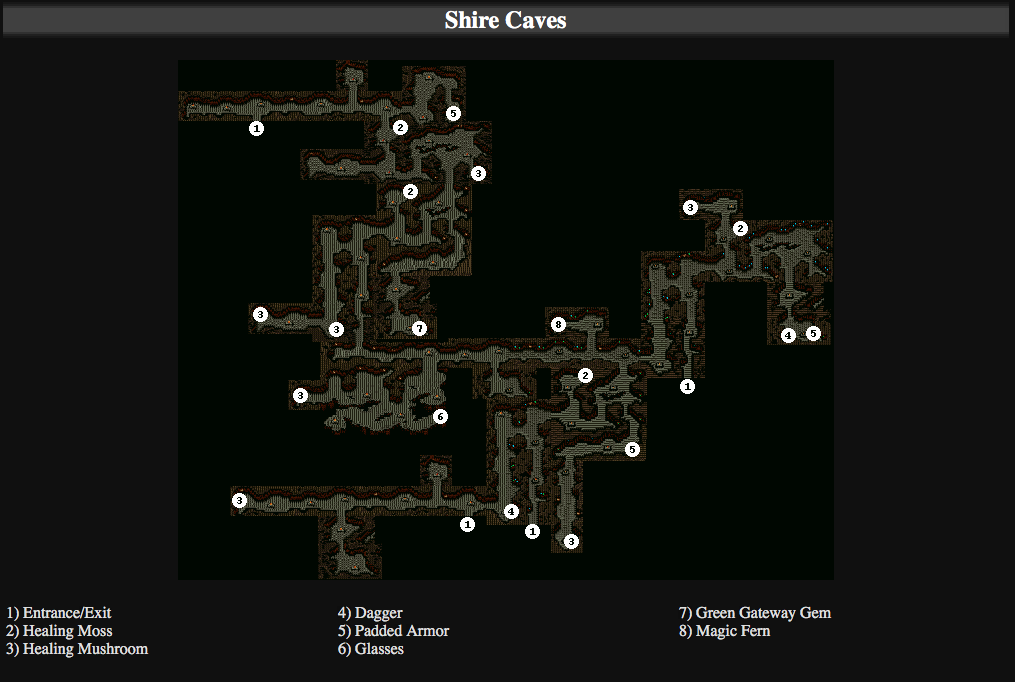
The next steps of my research as I approach my dissertation proposal will include the following:
- Decide on which games to focus; put simply, there are a lot of Middle-earth inspired games and it’s quite simple to fall down a never-ending research hole. While it would be a wonderful endeavor to consider all of them, my research will benefit from a more tailored approach.
- Map out the layout of those games. I think while it would be easier and less time consuming to repurpose the maps likely already out on the googleverse, it would be worthwhile, if not crucial to my research process, to walk through and map the selected games myself.
- Conduct a comparative analysis relative to how the layout of the Secondary World in the games, or how an engagement with the storyworld’s map can be used as a reading practice to analyze the spatialization associated with the experience of virtually inhabiting the Secondary World.